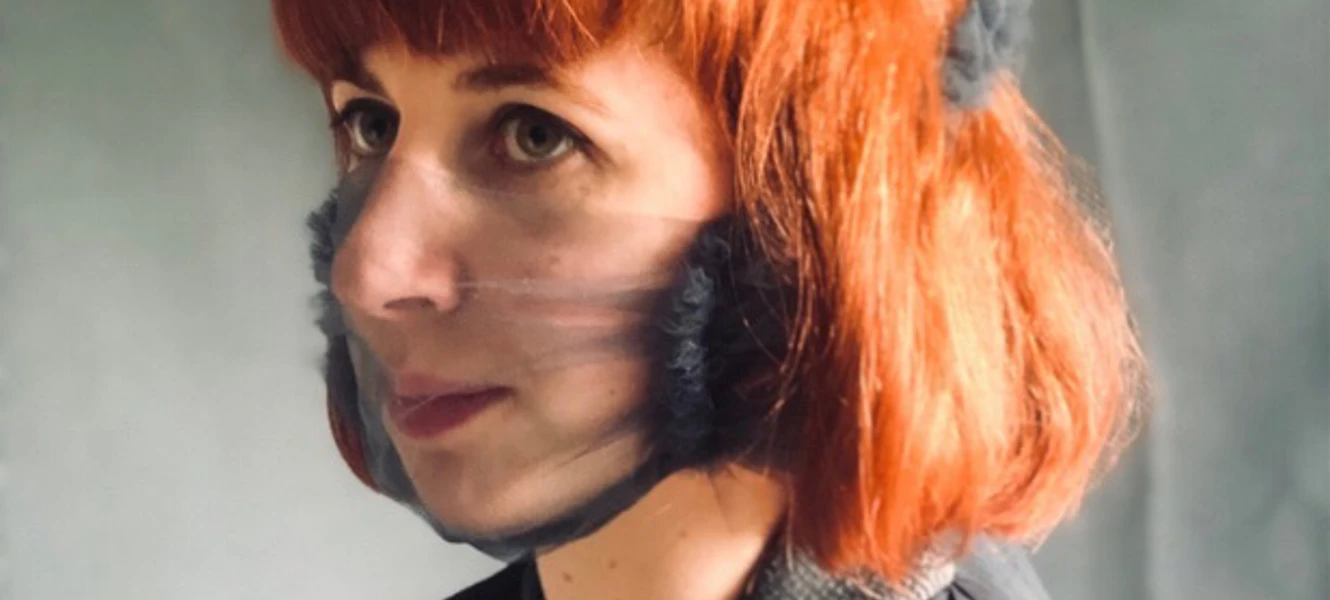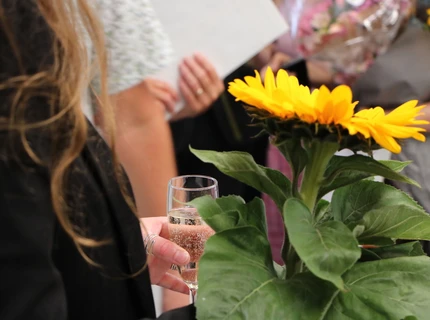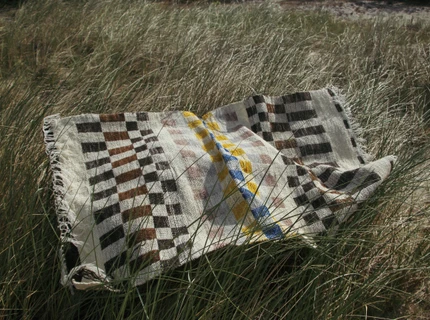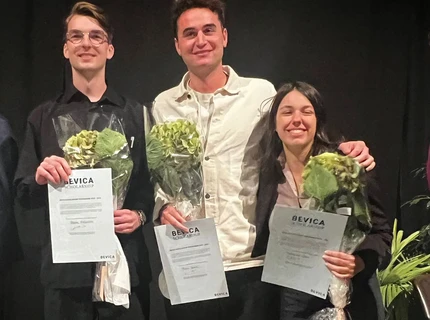
Face Masks and Design Tulle
Right now, 6,000 store employees and customers are testing whether the use of face masks has any effect at all in relation to the spread of the coronavirus. At SAS, passengers are required to wear face masks on board the aircraft, and in several countries, such as Austria and the United States, the authorities want citizens to wear face masks in public places. The discussion about the use, effect and value of the disposable mask is unavoidable. This has led two students from Kolding School of Design to take the matter into their own hands. Each of them has designed a series of face masks with different functions, symbolism and aesthetics.
For her Master's project fashion design student Martha von Guenther is working to create a collection of outerwear made from museum banners. As the coronavirus peaked, it became increasingly important for her to add an extra design dimension to her collection:
- The face mask has become a symbol of the situation the whole world is in right now. I have not been very concerned about how effectively it protects against viruses, but I would rather show the beautiful and the humorous that can also emerge from such a surreal situation which the pandemic really is. For example, one of my face masks is made of tulle, she says.
Fashion design student Ashna Patel is also working on her Master's project, in collaboration with textile company Khadi London, and she is investigating the value of testing a product with the user prior to starting the production. In parallel she has been designing and sewing face masks for friends and acquaintances that needed to travel home while it was still an option. This has prompted Khadi London to ask her to give an input to a face mask design:
- They have already ordered the first batch of face masks, which must first be tested by users before moving on to the next phase. In the meantime, we are going to further develop the technical aspects and the design in general. The plan is for the face masks to be produced over a longer period – and that is just cool, says Ashna Patel.
Crises are turning points
Fashion designers addressing societal problems will be much more prevalent in the future, now that fashion's ‘use-and-discard culture’ is being retired and replaced by other cultural phenomena that can accommodate many different types of needs. This is the opinion of Ulla Ræbild, Assistant Professor and Head of Studies at the programme Design for Planet at Kolding School of Design.
- The traditional meaning of crisis is a turning point for something better. That, I think, is a fundamental characteristic of the designers’ work. They are trained to tackle unknown problems and find new ways for people to both understand them and act on them. And they do it through personal, aesthetic means, she says.
“Designers are trained to tackle unknown problems and find new ways for people to both understand them and act on them. And they do it through personal, aesthetic means.Ulla Ræbild, Assistant Professor and Head of Studies at the Design for Planet programme at Kolding School of Design.”


